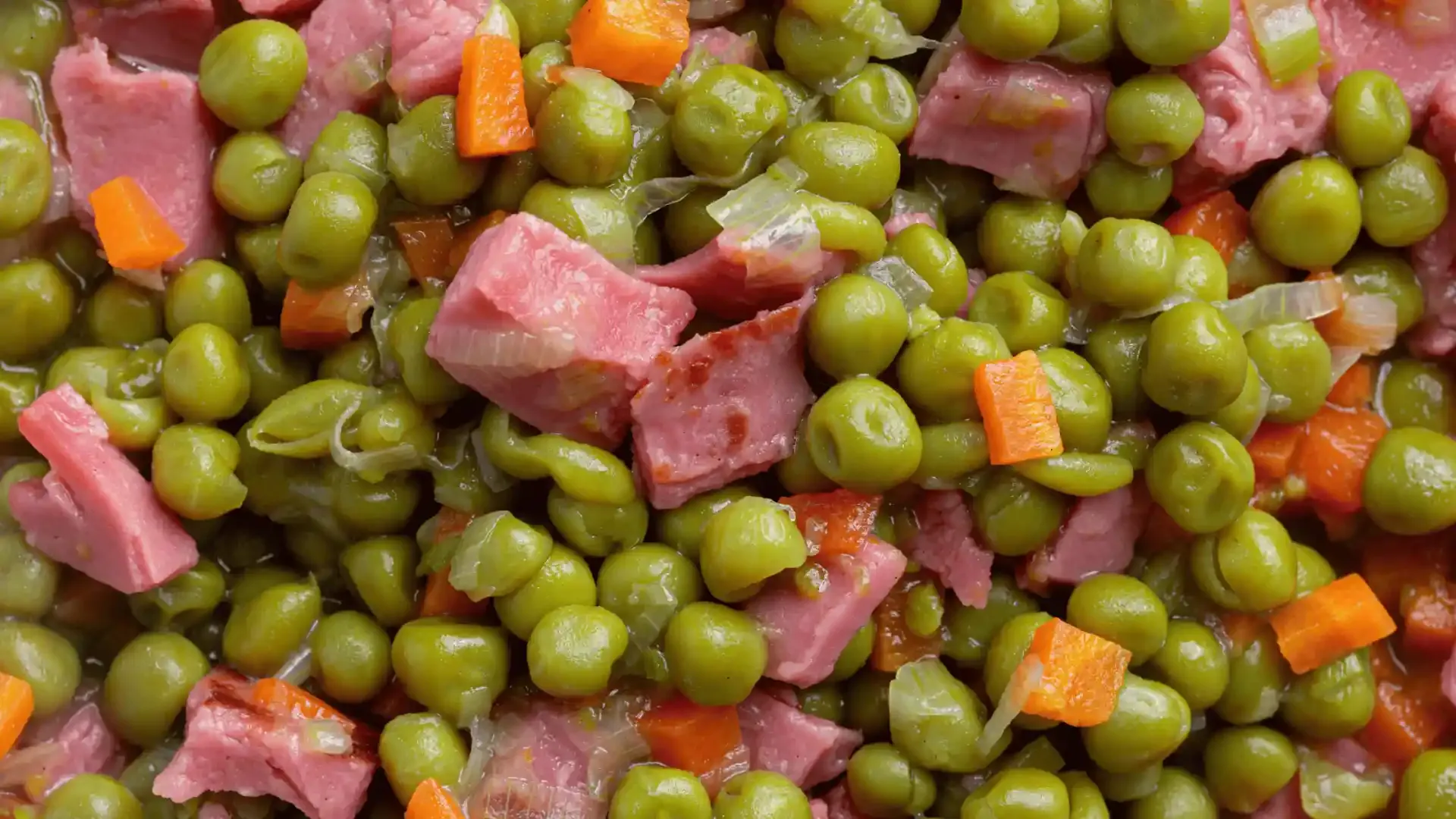How to Improve Colour Stability in Plant-Based Meat Analogues

In the plant-based meat industry, appearance is just as important as flavour. One of the biggest challenges in developing plant-based meat analogues is ensuring colour stability throughout their shelf life. Maintaining a fresh, appealing colour can be the difference between a product that attracts consumers and one that goes unnoticed.
In this article, we explore the main factors affecting colour, the ingredients that help stabilise colour in meat analogues, and formulation strategies to achieve a visually attractive final product.
Why Colour Stability Is Crucial for Plant-Based Meat Analogues
Colour is one of the first attributes consumers notice in plant-based meat products. An attractive colour:
- Enhances the perception of freshness and quality.
- Increases purchase intent.
- Provides a visual experience similar to traditional meat products.
Colour degradation occurs due to oxidation, oxygen exposure, light, or reactions with metals in the formulation. These processes can lead to brown or greyish tones in plant-based meat analogues, reducing shelf appeal and impacting sales.
Discover how high-moisture extrusion enhances fibrousness in meat analogues in this equally insightful article.
Key Factors That Affect Colour Stability in Meat Analogues
Understanding the main triggers of colour loss in plant-based meat is essential:
- Acidic pH → affects pigment and protein stability.
- High water activity → accelerates oxidation and microbial growth.
- Metal ions (iron, copper, etc.) → catalyse darkening reactions.
- Thermal stress during processing → speeds up chemical reactions that degrade colour.
- Oxygen and light exposure → promote oxidation of plant pigments.
Identifying these factors allows adjustments in both formulation and manufacturing processes to extend shelf life and maintain an appealing colour.
According to European Food Research and Technology (Springer, 2021), lipid and protein oxidation are the primary causes of colour loss in meat and plant-based matrices, making prevention a critical step in formulation.
Ingredients That Improve Colour Stability in Plant-Based Meat Analogues
Selecting the right ingredients is key for achieving stable colour in plant-based meat products. Commonly used options include:
Soy Protein: Maintaining Consistent Colour
Soy protein provides structure, juiciness, and helps preserve an even colour in plant-based meat analogues. Its interaction with plant pigments makes it a versatile, effective ingredient for colour stability.
Natural Stabilisers: Protecting Against Oxidation
Natural antioxidants, such as ascorbic acid (vitamin C), slow pigment and fat oxidation, preventing the loss of characteristic colour in plant-based meat products. They are an efficient solution to keep products looking fresh and appealing on the shelf for longer.
How to Optimise Colour in Your Plant-Based Meat Products
Achieving colour stability in meat analogues is essential for the commercial success of any plant-based product. Adjusting formulation factors, controlling processing conditions, and selecting the right ingredients are crucial steps to provide consumers with a consistent, visually appealing experience.
If your goal is to develop plant-based meat analogues with long-lasting colour, partnering with a manufacturer specialising in customised plant-based formulations can make all the difference. Contact us today!